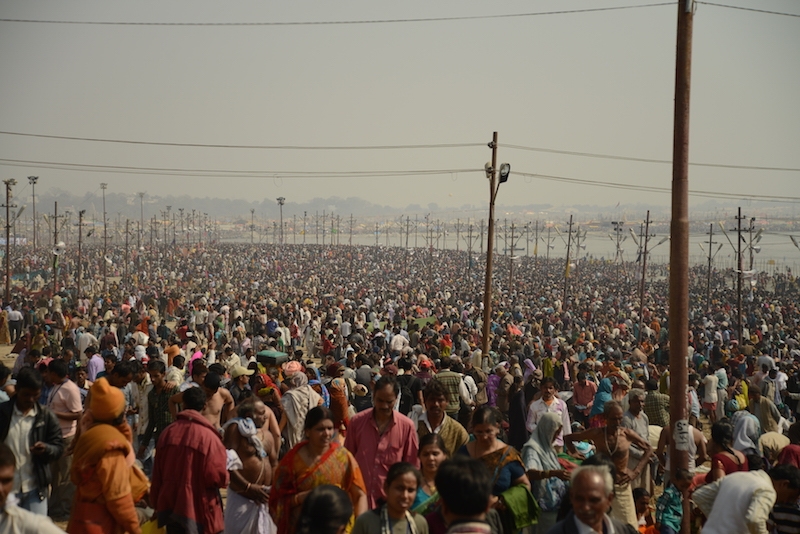A festival celebrated by Hindus the whole way across the nation, Makar Sankranti marks the start of the harvest season and the move of the Sun to Makara or Capricorn. On this promising day of Makar Sankranti, let us become more acquainted with our own particular celebration somewhat better with some intriguing truths about the significance of the day.
1. A festival celebrated on the same day of the English calendar every year.
(Source : blogspot)
Be that as it may, the date does change every eight years due to the revolution of Earth. In the present time frame, Makar Sankranti is praised on January 14 yet a thousand years prior, it used to be celebrated on December 31.
2. From North to South, India celebrates Makar Sankranti with different names.
(Source : nelive)
(Source : cravebits)
In the Southern state of Tamil Nadu, the festival is celebrated as Pongal. Punjab calls it Lohri while in Gujarat Makar Sanrkranti is known as Uttarayan. Makar Sankranti in Assam is known as Bhogali Bihu and Magh Bihu and in Bihar, Til Sankranti. Almost every Indian state celebrates the festival with different names.
3. The significance of flying kites on Makar Sankranti.
(Source : blogspot)
Gathering up on the rooftop and flying kites under the Sun forms an integral part of the Makar Sankranti celebrations, especially in Gujarat. The scientific significance of this age-old tradition is that the Sun finally restores its capacity after a long winter and cleanses our bodies off infections and germs while we make merry flying kites.
4. Why do we say til gul kha god god bola.
(Source : magnificentmaharashtra)
According to legends, Lord Sun never got along with his son, Lord Shani. However, on the day of Makar Sankranti, Lord Sun visits Shani and finally forgives him. Thus, Makar Sankranti is marked as a day of forgiveness, forgetting past quarrels and say only words of love. Hindus celebrate the day by exchanging til gul or sesame candies and embracing love and peace.
5. The beginning of spring.
(Source : deviantart)
The day marks the end of winter and the start of spring. The night and day of the festival are similarly long. The day shows the start of hotter and longer days which is viewed favorable as the days are viewed as sacred over evenings by the Hindus.
6. The legend of the Gangasagar Mela.
(Source : groupouting)
Legend has it that on the day of Makar Sankranti, Ganga pursued Bhagirath Muni and finally met the ocean. Devotees gather to take a dip in the Gangasagar to celebrate the conjunction of the ocean and the holy river on this day.
7. Marks the biggest pilgrimages of India.
(Source : fxbkumbh)
The famous Kumbh Mela is generally begun on Makar Sankranti in Uttar Pradesh while the Shabrimala pilgrimages of Kerala ends on this day. Most the country celebrates the day by dipping themselves in the holy rivers of their states, the most famous of them being the Gangasagar Mela of Bengal.
8. The Significance of cow worship on Makar Sankranti.
In the treasures of Indian mythologies, there is a story that says Lord Shiva asked his bull named Nandi to go to Earth and ask the people to have an oil bath everyday and food once a month. However, the bovine, much confused told the people to to have food everyday and have an oil bath once a month. An enraged Shiva ordered Nandi to remain on Earth and help the people plough the fields as they would need more food grains now. Thus, the Hindus worship the cow as a God-sent aid for agriculture.
9. The story of Bhisma’s death on Makar Sankranti.
It is believed that the Gods arise from a slumber of six months on the day of Makar Sankranti and so, a soul that passes away on the day or during Uttarayan, attains salvation. In Mahabharat, Bhisma, while lying on the bed of arrows prepared by Arjun, waited until the dawn of Makar Sankranti to finally take his last breath.


















